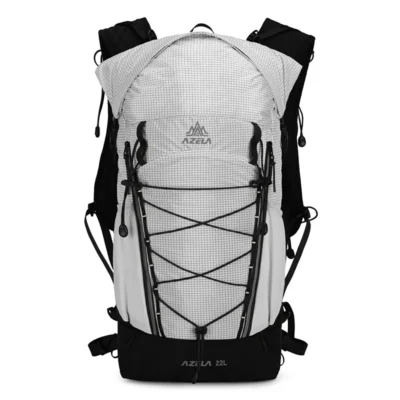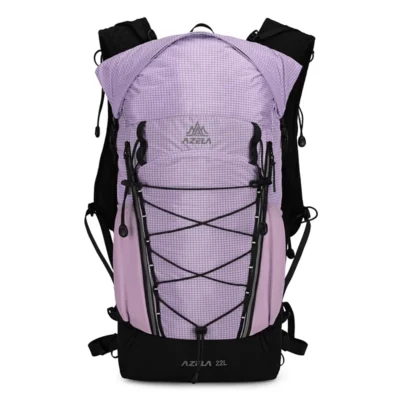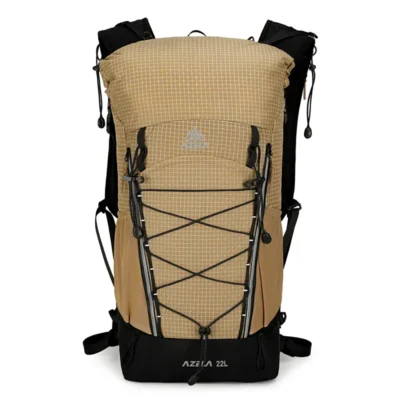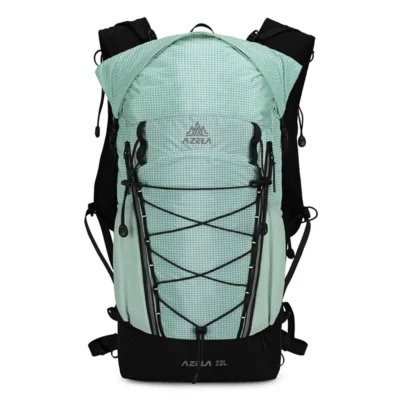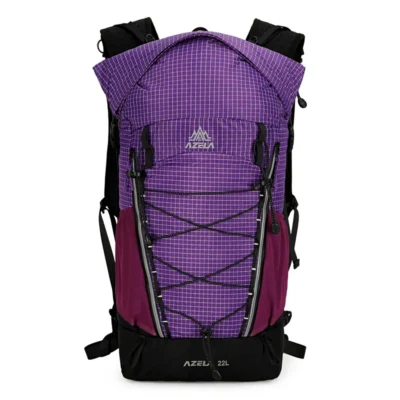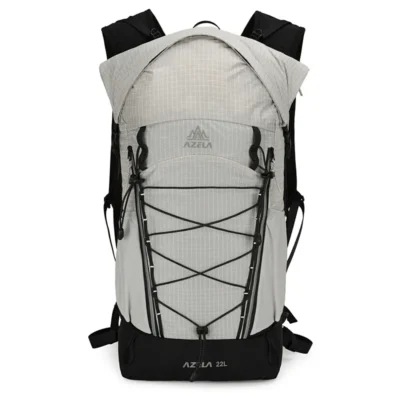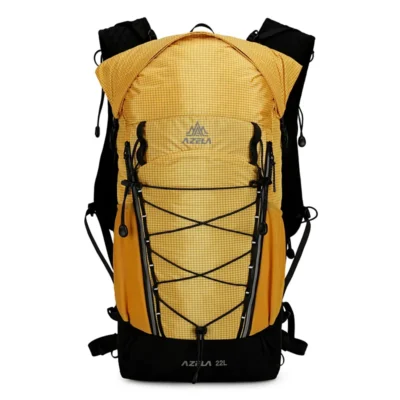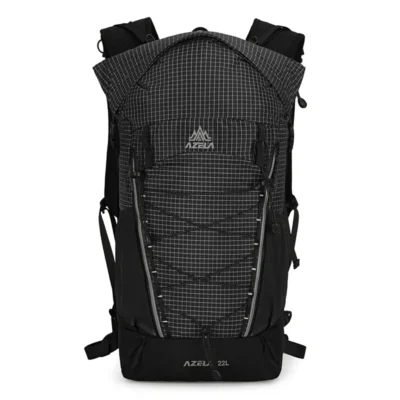Knowledgebase
What exactly does “Ultralight” mean for a backpack?
Shedding the Load: What Exactly is an Ultralight Hiking Backpack?
Shedding the Load: What Exactly is an Ultralight Hiking Backpack?
The phrase “ultralight hiking” has moved from a niche concept to a mainstream movement in the outdoor world. At the core of this philosophy is the ultralight hiking backpack, a piece of gear designed to help you cover more miles with less strain. But what makes a backpack “ultralight,” and how does it differ from a traditional pack? Let’s dive into the details.
What exaclty qualifies as ultralight?
While there’s no single, universally agreed-upon standard, the term ultralight backpacking generally refers to a hiking style where a hiker’s base weight—the weight of a fully loaded backpack excluding consumables like food, water, and fuel—is less than 10 pounds (about 4.5 kg).
The backpack itself is a critical component in achieving this weight goal. For a pack to be considered ultralight, it typically weighs 2 pounds (0.9 kg) or less, with some minimalist designs coming in at under one pound! In contrast, a traditional backpack often has a starting weight of 4 to 6 pounds or more.
Azela Ultralight backpacks always strives to keep shed weight while still maintaining a high quality product. We do quite a bit of research and development on materials and manufacturing to find the perfect balance.
Check Out Some Of Our Azela Ultralight Day Bags
Key Features of an Ultralight Backpack
Ultralight packs achieve their featherlight status by focusing on minimalism, advanced materials, and efficient design.
1. Lightweight, High-Tech Materials
The most significant weight savings come from the fabric. Ultralight packs forgo heavy-duty nylon in favor of cutting-edge, high-strength-to-weight materials. Popular choices include:
Dyneema Composite Fabric (DCF): Previously known as Cuben Fiber, this material is incredibly strong, lightweight, and highly water-resistant.
Challenge Ultra/Ultra PE (e.g., Ultra 200, Ultra 400): A woven fabric with excellent abrasion resistance and a superior strength-to-weight ratio compared to traditional nylon.
Lightweight Robic Nylon or X-Pac: Durable nylon or laminate options that still offer substantial weight savings over traditional pack fabrics.
2. Minimalist Suspension and Frame
Traditional packs often feature complex, heavily padded internal or external frames designed to carry heavy loads (35+ pounds). Ultralight packs take a different approach:
Frameless Designs: The lightest option, these rely on the careful packing of a sleeping pad or other stiff items to give the pack structure. They’re best for very low base weights (under 10 pounds).
Minimalist Internal Frames: Many popular ultralight packs use simple, lightweight internal support, such as aluminum stays or carbon fiber rods, to transfer a lighter load (typically up to 30-35 pounds) efficiently from the shoulders to the hips.
3. Fewer “Bells and Whistles”
Every zipper, strap, and extra pocket adds weight. Ultralight designs ruthlessly eliminate non-essential features, often favoring:
Roll-Top Closures: Simple, lightweight, and highly weather-resistant in place of heavy top lids.
Minimalist Straps and Padding: The hip belt and shoulder straps still offer support, but with lighter padding and often without the complex adjustability of heavier packs.
External Pockets: Large, stretchy mesh or durable fabric pockets on the sides and front of the pack body are a staple for on-the-go access to water bottles, rain gear, and snacks, streamlining the packing process.
